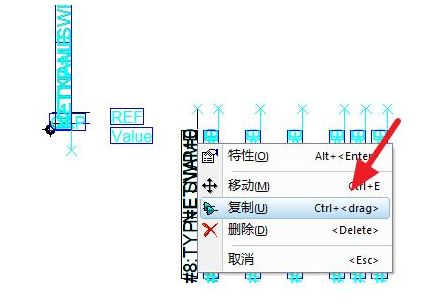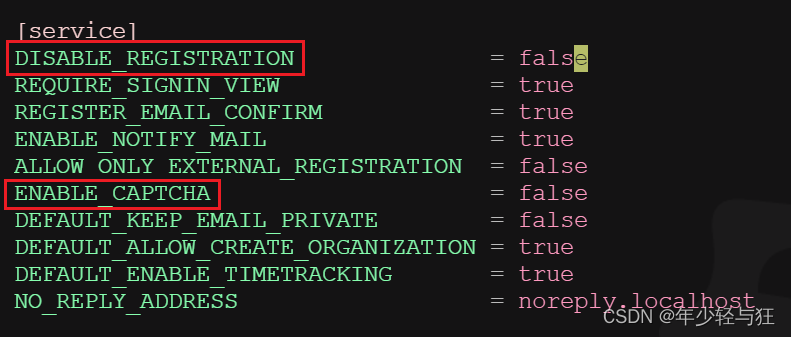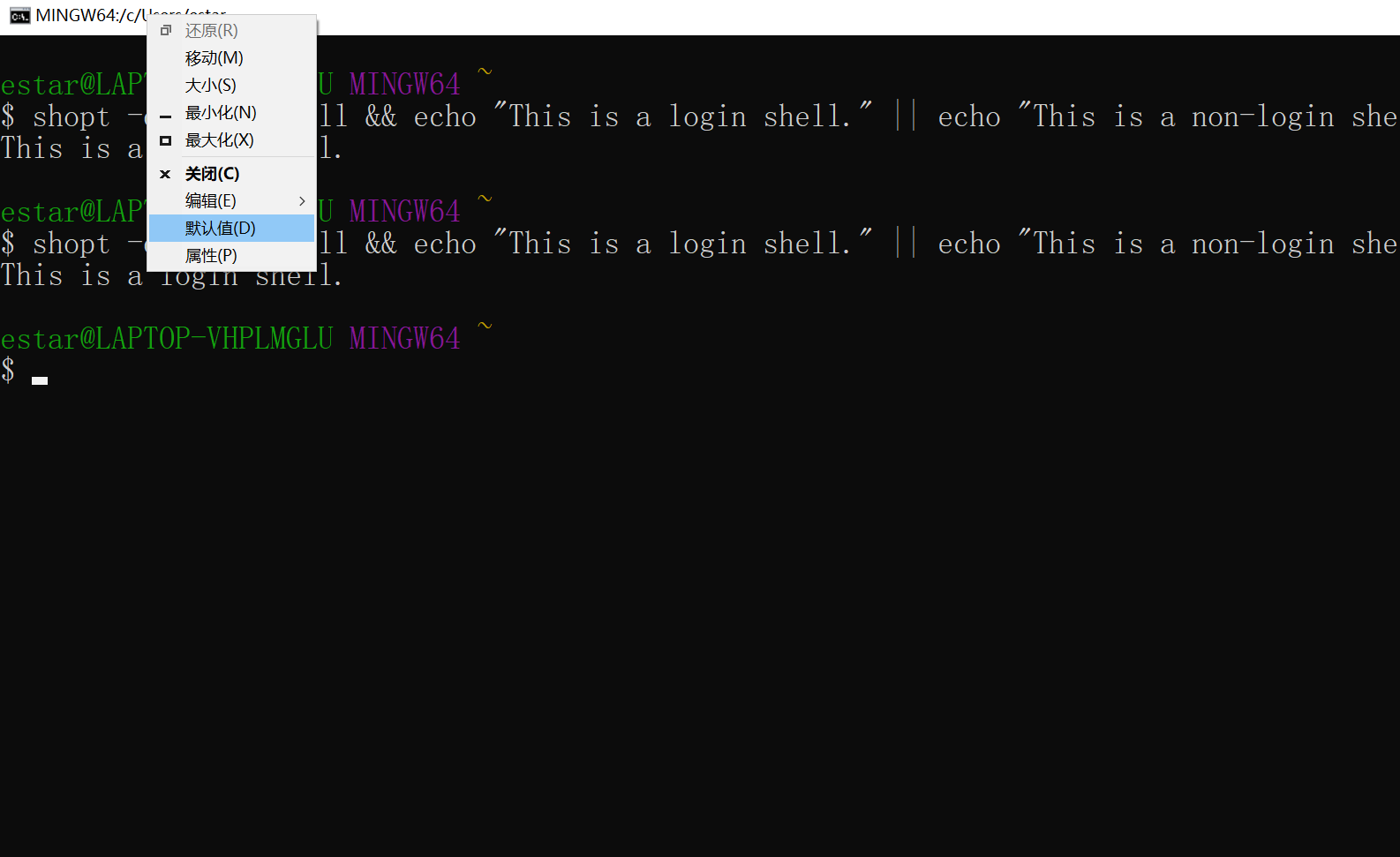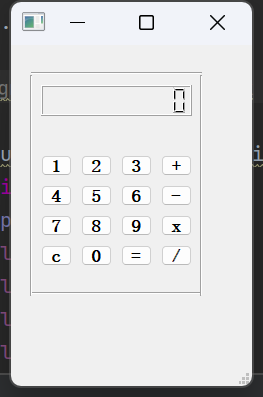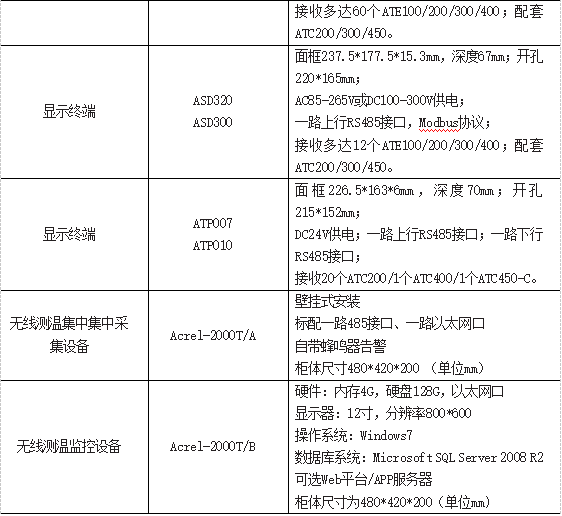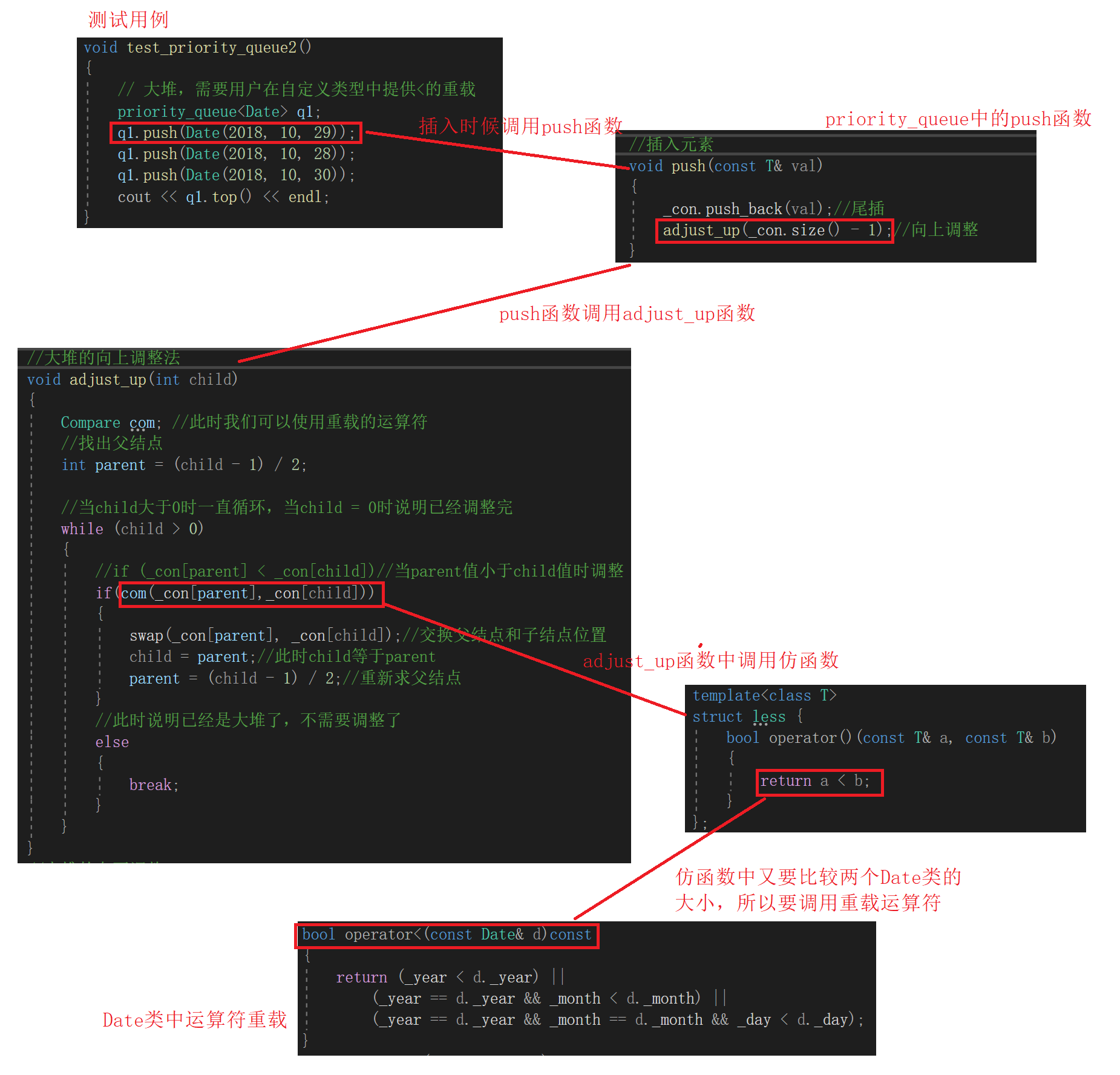创建线程的四种方式
继承Thread类
public class MyThread extends Thread {
@Override
public void run() {
System.out.println("MyThread...run...");
}
public static void main(String[] args) {
// 创建MyThread对象
MyThread t1 = new MyThread() ;
MyThread t2 = new MyThread() ;
// 调用start方法启动线程
t1.start();
t2.start();
}
}
实现Runnable接口
public class MyRunnable implements Runnable{
@Override
public void run() {
System.out.println("MyRunnable...run...");
}
public static void main(String[] args) {
// 创建MyRunnable对象
MyRunnable mr = new MyRunnable() ;
// 创建Thread对象
Thread t1 = new Thread(mr) ;
Thread t2 = new Thread(mr) ;
// 调用start方法启动线程
t1.start();
t2.start();
}
}
继承Thread和实现Runnable接口的区别
- 实现Runnable接口避免多继承局限
- 实现Runnable()可以更好的体现共享的概念
实现Callable接口
public class MyCallable implements Callable<String> {
@Override
public String call() throws Exception {
System.out.println("MyCallable...call...");
return "OK";
}
public static void main(String[] args) throws ExecutionException, InterruptedException {
// 创建MyCallable对象
MyCallable mc = new MyCallable() ;
// 创建F
FutureTask<String> ft = new FutureTask<String>(mc) ;
// 创建Thread对象
Thread t1 = new Thread(ft) ;
Thread t2 = new Thread(ft) ;
// 调用start方法启动线程
t1.start();
// 调用ft的get方法获取执行结果
String result = ft.get();
// 输出
System.out.println(result);
}
}
使用线程池
public class MyExecutors implements Runnable{
@Override
public void run() {
System.out.println("MyRunnable...run...");
}
public static void main(String[] args) {
// 创建线程池对象
ExecutorService threadPool = Executors.newFixedThreadPool(3);
threadPool.submit(new MyExecutors()) ;
// 关闭线程池
threadPool.shutdown();
}
}
根据《阿里巴巴java开发手册》在开发中更推荐使用线程池来管理线程

并且要使用ThreadPoolExecutor来创建线程池



